22 June 2025
The world of education is constantly evolving, and one of the biggest shifts in recent years has been the rise of technology in the classroom. Gone are the days of traditional rote learning—today’s classrooms are dynamic, interactive, and student-centered. But how can technology truly transform Project-Based Learning (PBL) and make it even more effective?
In this article, we’ll take a deep dive into how technology is shaping PBL, the challenges it presents, and how educators can maximize its potential to create meaningful learning experiences. 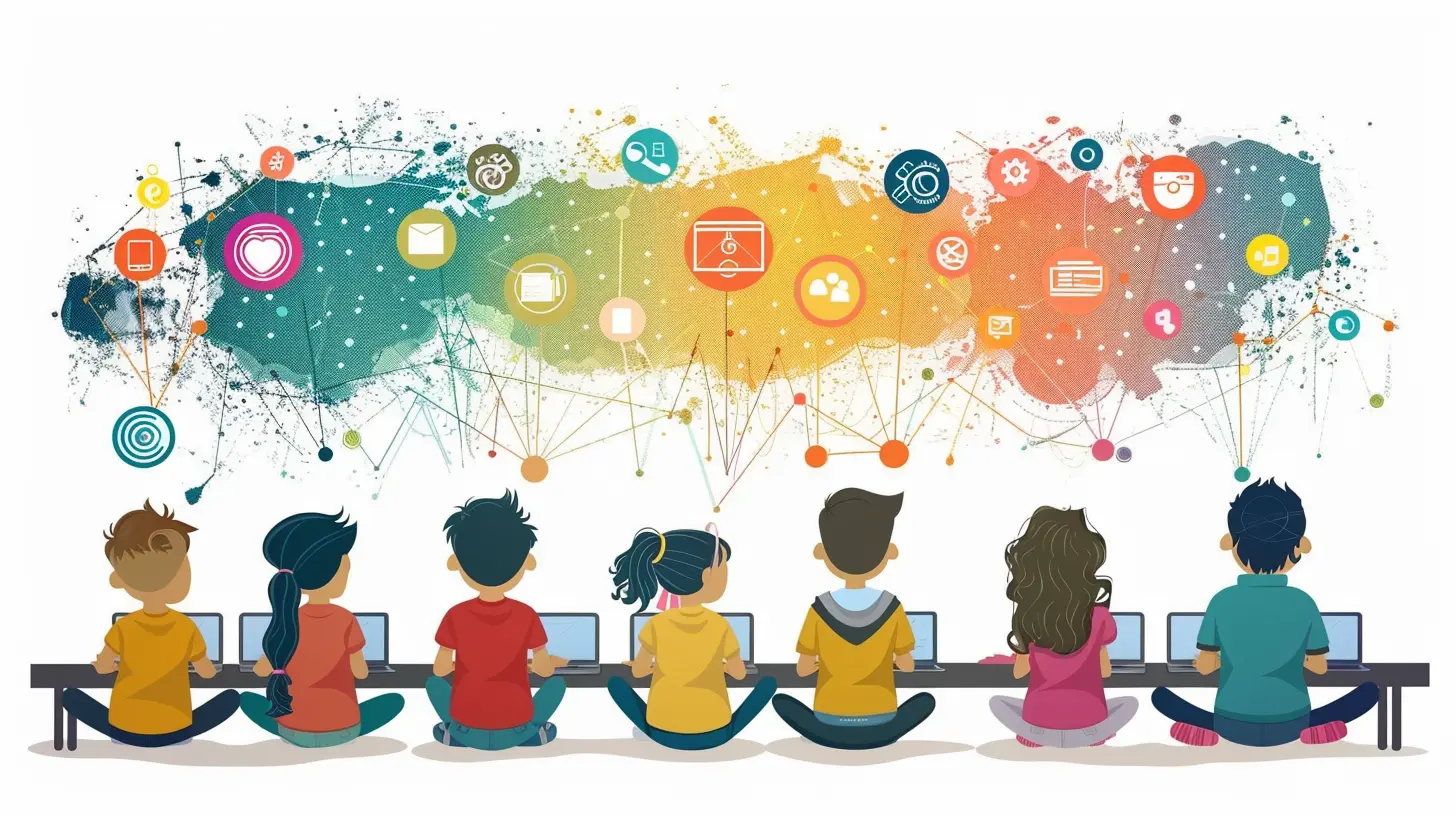
What is Project-Based Learning?
Before we get into the tech side of things, let’s quickly refresh our understanding of Project-Based Learning.PBL is an engaging, hands-on approach to education where students work on real-world projects over an extended period. Instead of passively absorbing information, they actively investigate, ask questions, and collaborate to find solutions.
Think about it like this—rather than just reading about environmental sustainability, students might create a campaign to reduce plastic waste at their school. It’s learning through doing, and it’s one of the most effective ways to build critical thinking and problem-solving skills.
And when you combine PBL with technology? That’s where the magic happens. 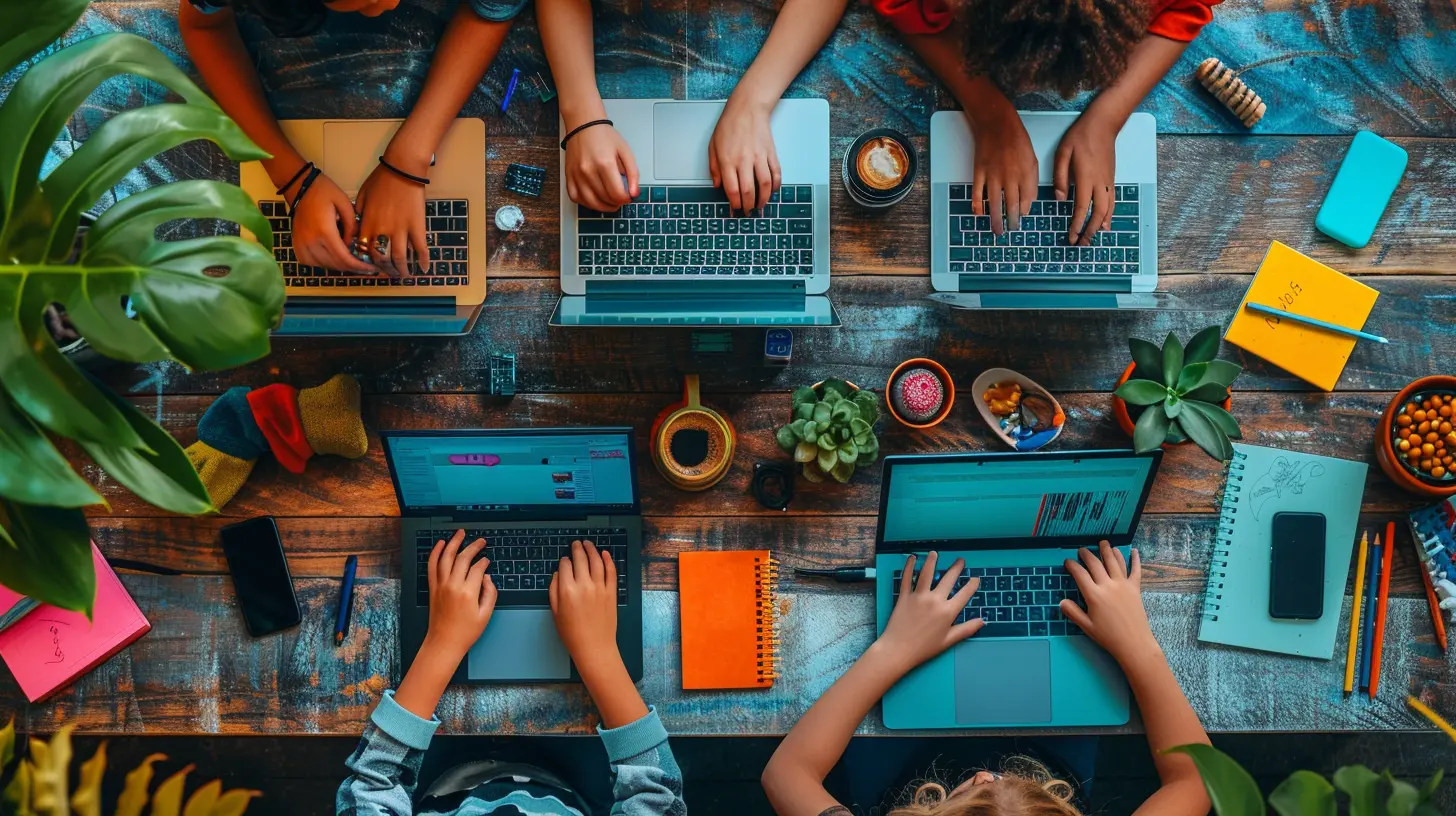
The Role of Technology in Project-Based Learning
Technology isn’t just a tool; it’s a game-changer for PBL. It enhances collaboration, provides access to a vast amount of information, and enables students to bring their ideas to life in ways that were never before possible.Let’s break down some of the key ways technology is transforming PBL:
1. Enhancing Collaboration and Communication
One of the biggest advantages of technology in PBL is that it breaks down walls—literally and figuratively. With digital tools, students can collaborate seamlessly, even if they’re not in the same room.- Google Workspace (Docs, Slides, and Drive) allows students to work together in real-time, sharing ideas and making revisions instantly.
- Microsoft Teams and Slack help students manage projects, assign tasks, and communicate efficiently.
- Video conferencing tools like Zoom or Google Meet enable students to connect with experts, conduct interviews, or even collaborate with peers from across the globe.
This means that PBL isn’t limited to just the classroom—it’s an expansive, global process that mirrors real-world project management.
2. Access to Information and Research
Back in the day, research meant flipping through a bulky encyclopedia or making a trip to the school library. Now? A world of information is just a click away.- Online databases like Google Scholar and JSTOR provide students with access to credible research materials.
- Educational platforms such as Khan Academy, Coursera, and TED-Ed help students gain in-depth knowledge on subjects related to their projects.
- AI-powered tools like ChatGPT can assist in brainstorming ideas or simplifying complex concepts.
The ease of access to information empowers students to dig deeper, think critically, and develop well-rounded solutions for their projects.
3. Creating and Showcasing Projects
Technology doesn’t just help students research—it enables them to produce professional-quality work. Whether it’s designing an app, making a documentary, or building a 3D model, students now have access to powerful tools to bring their ideas to life.- Canva and Adobe Spark allow students to design stunning presentations, posters, or infographics.
- Coding platforms like Scratch and Python enable young learners to create interactive games and applications.
- 3D modeling software such as Tinkercad lets students prototype ideas in a virtual environment before bringing them to life through 3D printing.
Students are no longer confined to handwritten reports and PowerPoint slides. With the right tech tools, they can express their creativity in ways that matter.
4. Real-World Problem Solving
PBL is all about engaging students in real-world challenges, and technology provides the perfect platform to do just that.- Simulation software like PhET Interactive Simulations allows students to experiment with scientific phenomena.
- VR and AR tools like Google Expeditions let students explore historical sites, dive into deep-sea ecosystems, or dissect virtual organisms—all without leaving the classroom.
- Data visualization tools (Tableau, Google Data Studio) help students analyze and interpret data, making their projects more research-driven and impactful.
When students see the real-world impact of their work, they develop a stronger sense of ownership and motivation—which is what great learning is all about. 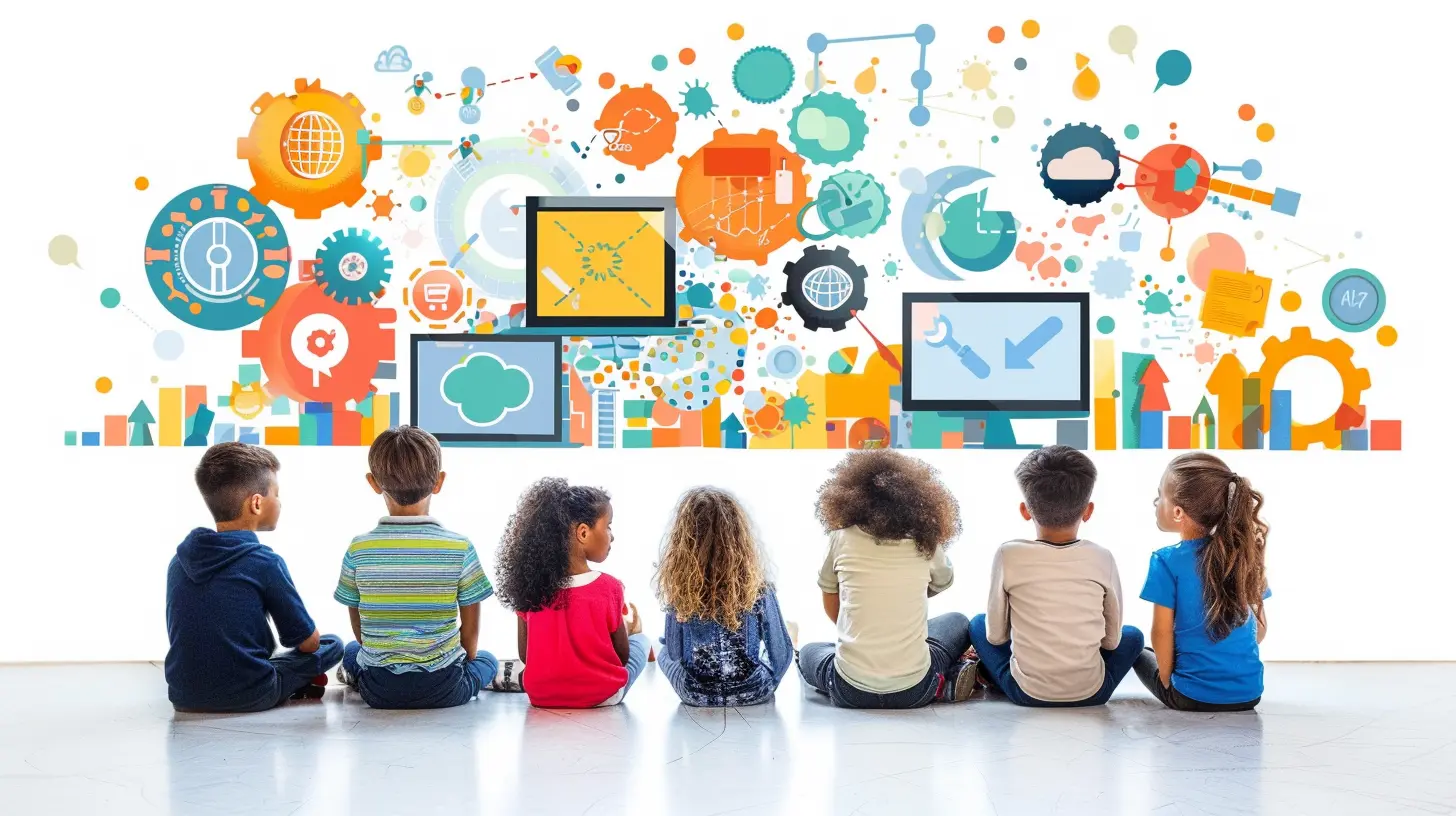
Overcoming Challenges in Tech-Powered PBL
Of course, integrating technology into PBL isn’t without its challenges. Some of the biggest hurdles educators face include:1. Digital Divide & Accessibility
Not all students have equal access to technology—some may lack devices or a stable internet connection at home. This digital divide can create disparities in learning experiences.Solution: Schools should explore funding opportunities, device-sharing programs, or offline alternatives to ensure equitable access to technology for all students.
2. Tech Distractions
Let’s be real—students can easily get distracted by social media, games, or other non-educational content when using technology.Solution: Implement structured guidelines, use monitoring tools (without being overly invasive), and encourage self-discipline and accountability among students.
3. Teacher Training & Preparedness
Not all educators feel comfortable integrating technology into PBL. It’s one thing to introduce a tool—it’s another to use it effectively in the learning process.Solution: Schools should invest in teacher training programs and provide educators with ongoing support to help them navigate new tools confidently. 
Best Practices for Integrating Technology into PBL
Now that we know the benefits and challenges, how can educators successfully integrate technology into PBL? Here are some best practices to consider:1. Start with Clear Objectives – Define what students should achieve through the project, then select technology tools that align with those goals.
2. Prioritize Student-Centered Learning – Let students take the lead—technology should empower them, not overwhelm them.
3. Encourage Digital Citizenship – Teach students about responsible internet use, data privacy, and ethical research practices.
4. Balance Tech and Hands-On Learning – Not everything has to be digital! Combine physical activities with tech-based solutions for a well-rounded PBL experience.
5. Assess Process, Not Just Product – Use formative assessments, peer feedback, and reflections to evaluate both the learning process and final outcome.
The Future of Tech-Driven PBL
As technology continues to advance, so too will the possibilities for Project-Based Learning. Artificial intelligence, augmented reality, and even blockchain technology could soon play a bigger role in shaping personalized, immersive learning experiences.At its core, PBL remains about critical thinking, creativity, and collaboration. Technology is simply a tool that amplifies these skills, preparing students for a world where innovation and adaptability are key.
Wrapping Up
Technology and Project-Based Learning are a match made in educational heaven. When used wisely, technology can make projects more engaging, accessible, and impactful—helping students not only learn content but also develop lifelong skills.Are you an educator looking to integrate more tech into your PBL approach? Start small, experiment with different tools, and most importantly—let your students lead the way!






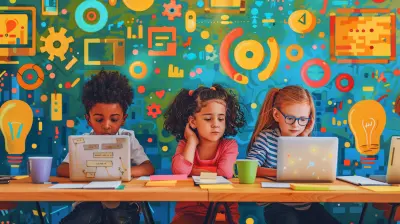
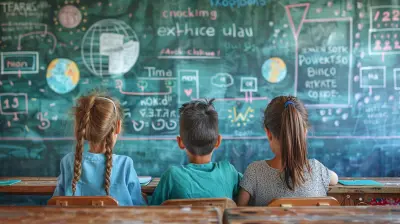
Falkor Reyes
This article effectively highlights the benefits of integrating technology in project-based learning, enhancing engagement and collaboration among students. However, it would be useful to address potential challenges educators may face in implementing these technologies effectively.
November 22, 2025 at 6:08 AM